
Is It Safe to Use Meat Broth for Cooking Vegetables? Nutrition Experts Give a Surprising Answer
Many home cooks love to reuse meat broth — the leftover water from boiling pork, beef, or chicken — to make soup or cook vegetables. It seems like a smart way to save time and keep all those “nutrients” from going to waste.
But is this habit actually good for your health? Experts say: It depends — and not all broth is created equal.
🥩 The Truth About Meat Broth
When boiling meat, you might notice foam or scum forming on the surface. Some people assume it’s chemical residue or unsafe to eat — but according to nutrition experts, that’s not necessarily true.
“The foam is mostly denatured protein released from the meat during boiling,” explains Dr. Từ Ngữ, General Secretary of the Vietnam Nutrition Association, as quoted by VTC News. “However, it can also contain impurities or surface bacteria, which is why the first batch of broth should be discarded.”
In other words, the first boil is for cleaning, not cooking. Once you rinse the meat and boil it a second time, the broth becomes nutrient-rich and safe to reuse for soups or vegetables — as long as the meat itself is clean and fresh.
🧪 What’s Actually in the Broth?
Studies from the National Institute of Nutrition (Vietnam) show that water used to boil fresh meat can contain:
-
Water-soluble proteins and amino acids that enhance flavor and provide some nutrition.
-
Micronutrients such as potassium, phosphorus, and small traces of iron and zinc.
-
Fat molecules, which create that appealing golden layer on the surface and improve texture in soups.
However, this doesn’t mean broth is a nutrient powerhouse. According to research from the Harvard T.H. Chan School of Public Health (2023), most essential proteins remain in the meat, not the liquid. So while broth adds taste, its actual nutritional value is moderate, not miraculous.
⚠️ When Meat Broth Becomes Unsafe
If the meat is contaminated, spoiled, or chemically treated, then the broth will carry those same toxins.
Common risks include:
-
Antibiotic residues or preservatives in low-quality pork or chicken.
-
Pathogenic bacteria (like Salmonella or E. coli) from unhygienic slaughtering.
-
Heavy metals or formaldehyde from illegally treated meats.
“The danger doesn’t come from boiling — it comes from the source of the meat itself,” warns Dr. Nguyễn Thị Lâm, former deputy director at NIN. “Boiling cannot eliminate all toxins if the meat is already contaminated.”
For this reason, the World Health Organization (WHO) advises that consumers always verify meat origins and avoid reusing broth from unknown or untested sources.
✅ Expert Tips for Safe, Healthy Broth
-
Choose clean, certified meat only.
-
Fresh pork should be light pink to red, with no sticky texture or strange odor.
-
Avoid overly bright or dull colors — signs of chemical treatment or spoilage.
-
-
Always discard the first boil.
-
Bring the meat to a simmer, skim off foam, discard the water, rinse the meat, and then start over with fresh water.
-
-
Avoid reusing broth for more than one meal.
-
Broth spoils easily at room temperature; refrigerate and consume within 24 hours.
-
-
Do not use for young children or the elderly if meat quality is uncertain.
-
Their immune systems are more sensitive to foodborne toxins.
-
-
Boil thoroughly and season moderately.
-
Cooking at high heat for at least 15–20 minutes helps destroy most bacteria and ensures food safety.
-
🥦 Can You Use It to Cook Vegetables?
Yes — if the broth comes from clean, properly boiled meat, using it to cook greens like spinach, cabbage, or watercress is completely safe. It even adds a natural umami flavor that reduces the need for added seasoning.
However, if the broth appears cloudy, has an unusual odor, or forms a sticky film, it’s best to discard it immediately. Using unsafe broth can lead to digestive issues, nausea, or bacterial contamination.
🧠 Final Verdict from Nutrition Experts
✔️ Safe if done properly — when the meat is clean, boiled twice, and consumed within a day.
❌ Unsafe if meat quality is questionable or broth is stored too long.
In short:
“You can absolutely reuse meat broth to make soups or cook vegetables — just make sure your meat is safe and your kitchen is clean.”
— Dr. Từ Ngữ, Vietnam Nutrition Association
So the next time you’re about to pour away that pot of broth, pause for a second — if you’ve prepared your meat correctly, it’s not waste at all. It’s liquid gold for your next healthy meal. 🍲
News in the same category

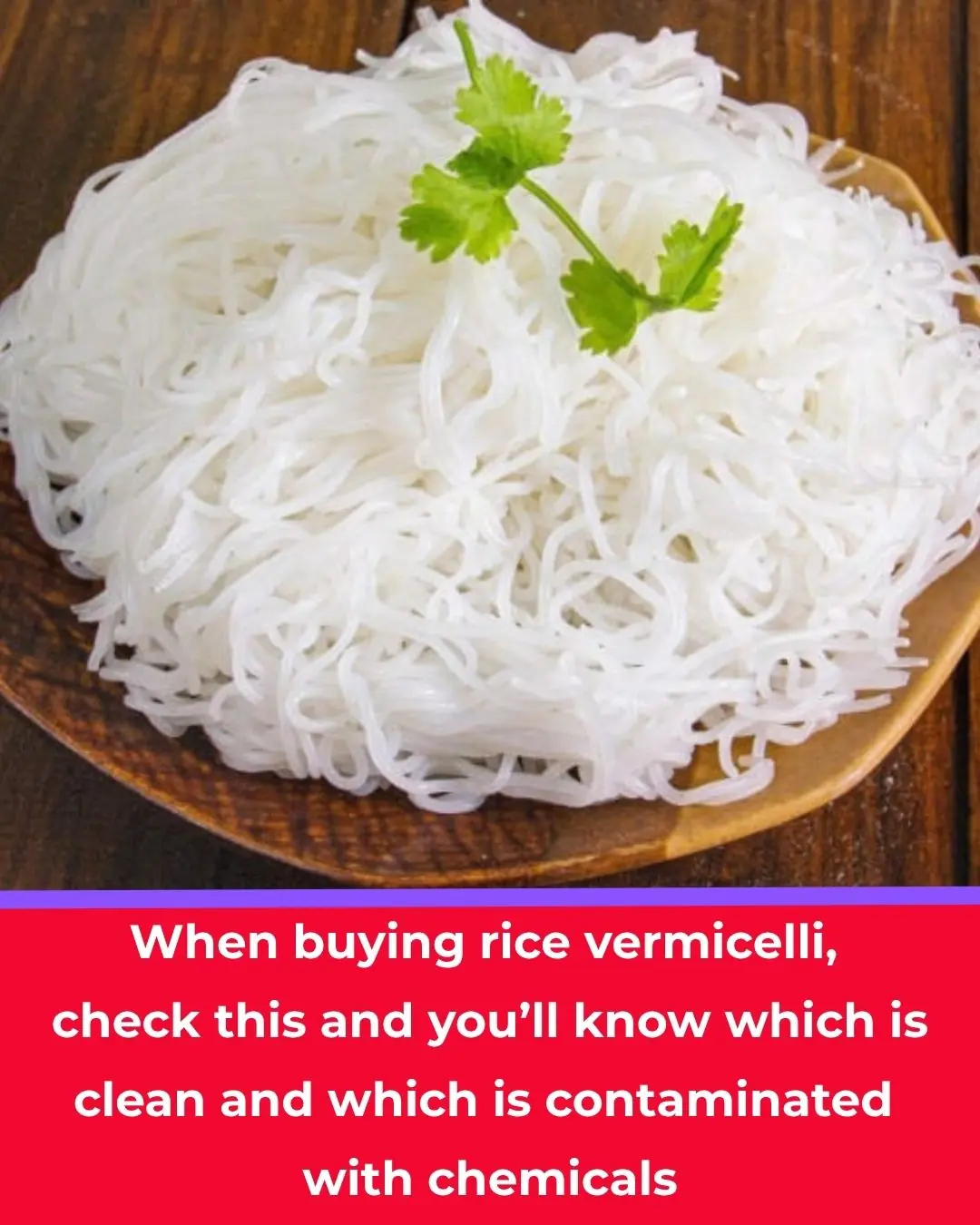
How to Tell If Your Rice Noodles Are Safe — The Simple Clue That Reveals Hidden Chemicals

The 3 Golden Times to Drink Green Tea — Boosting Both Health and Beauty
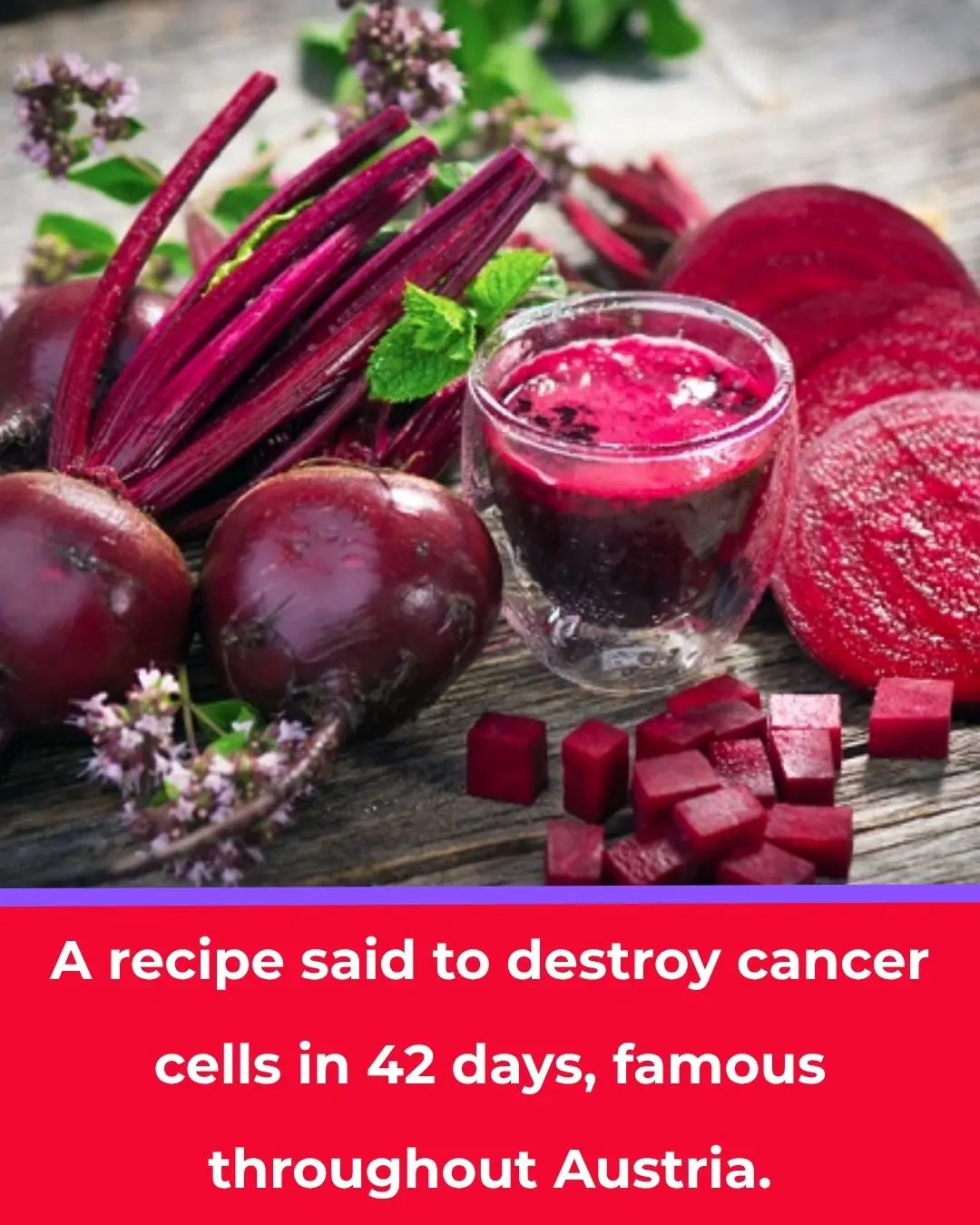
The Famous 42-Day “Breuss Juice” Diet from Austria: Origins, Recipe, and What Science Says
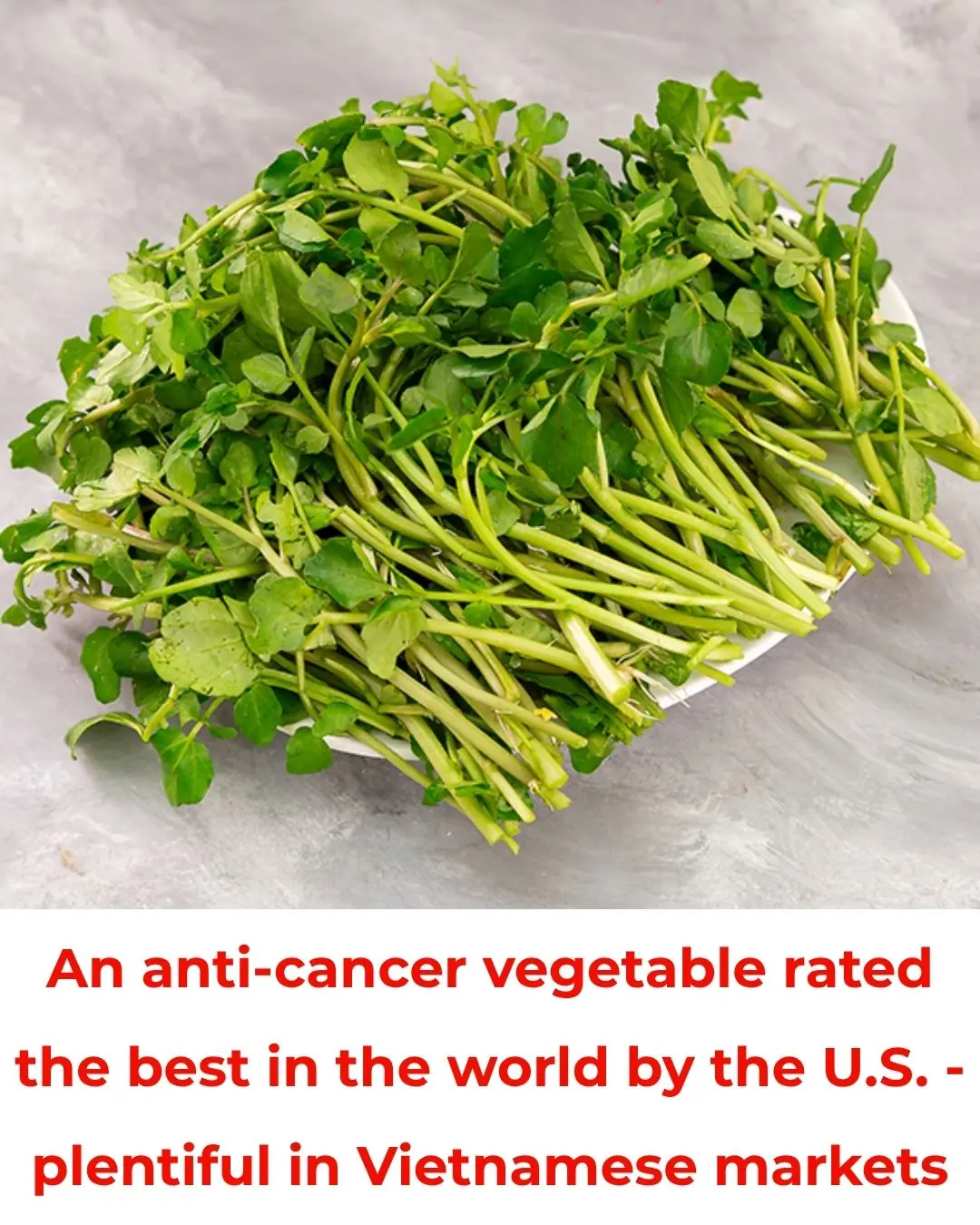
The World’s Healthiest Vegetable, Rated #1 by the U.S. CDC — and It’s Abundant in Vietnam

Why Your Neighbor’s Jar of Starfruit in Rock Sugar Might Be a Hidden Health Remedy

The Medicinal Properties of Eleusine indica (Goosegrass) in Traditional and Modern Medicine

‘This Man Can’t Do Nothing Right’: Jonathan Owens’ Steamy On-Field Video with Simone Biles Has the Internet Divided as Fans Rush to Their Defense

Serena Williams Becomes Part Owner of Canada’s First WNBA Team, Toronto Tempo

Meet The Woman Who Single-Handedly Preserved Over 30 Years Of TV History

Ohio Couple Adopts Two Sets Of Twin Siblings Who Were Separated In The Foster Care System

Brooklyn Man Transforms Wasteland Into Community Garden, Distributing Over 10,000 Pounds Of Food

Meet The Founder Of The First Black-woman Owned Electric Vehicle Recharging Station

Meet The Owner Of The First Black Woman-Owned Winery And Tasting Room In Alameda County, California

Why Electric Kettles Are Rare in Western Homes — Despite Their Convenience

Should You Throw Toilet Paper in the Trash or Flush It?

7 Subtle Health Problems That Could Be Early Warning Signs of Cancer

‘Learn How to Drive!’: Connecticut Karen Embarrasses Her Husband and Herself Over Parking Spot That Was Never Blocked

Meet Demi Johnson, the Teen Scientist Helping Restore Oyster Reefs in Mississippi
News Post

Vertical Nail Ridges? Here’s What Causes Them — and How to Fix It

The Unseen Heroes: A Rescue Dog's Loyalty That Saved My Life

Barrett’s Miracle: A Journey of Faith, Strength, and Prayer

A Farewell to a Friend and His Passion for Music

Top 5 Nutrients to Reduce Swelling in Feet and Legs

A Rare Encounter: The Moment a Mountain Lion Meets a Baby

Stray Cats Bring a Bitcoin Mine to a Standstill — And Melt Hearts in the Process

If you sleep with socks on, see what happens

Each Tooth Is Connected to an Organ in the Body – How Tooth Pain May Reveal Hidden Health Problems

Dominika’s Fight for a Childhood Without Pain

Why There's A Growing Trend Of Straight Men Dating Trans Women

Michalinka’s Fight for Life: A Tiny Body, a Giant Spirit

A Miracle in the Making: Baby Harlan’s Fight for Life

From Tragedy to Triumph: The Unbreakable Spirit of Janey Carter

A Battle of the Wild: The Confrontation Between a Raging Elephant and a Baby Hippo
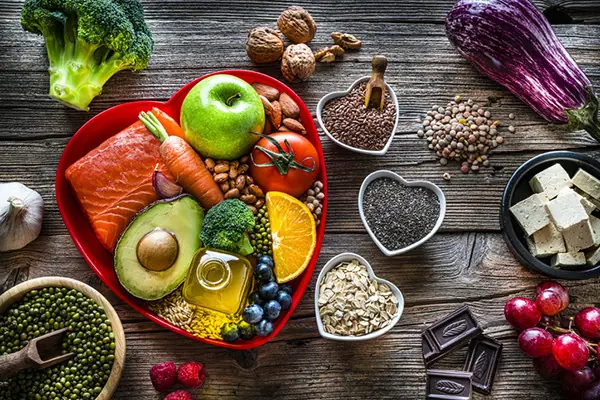
7 Heart-Healing Foods Your Cardiologist Won’t Tell You About

Never Clean Your Light Switch with Water: Here’s a Trick to Make It Spotless
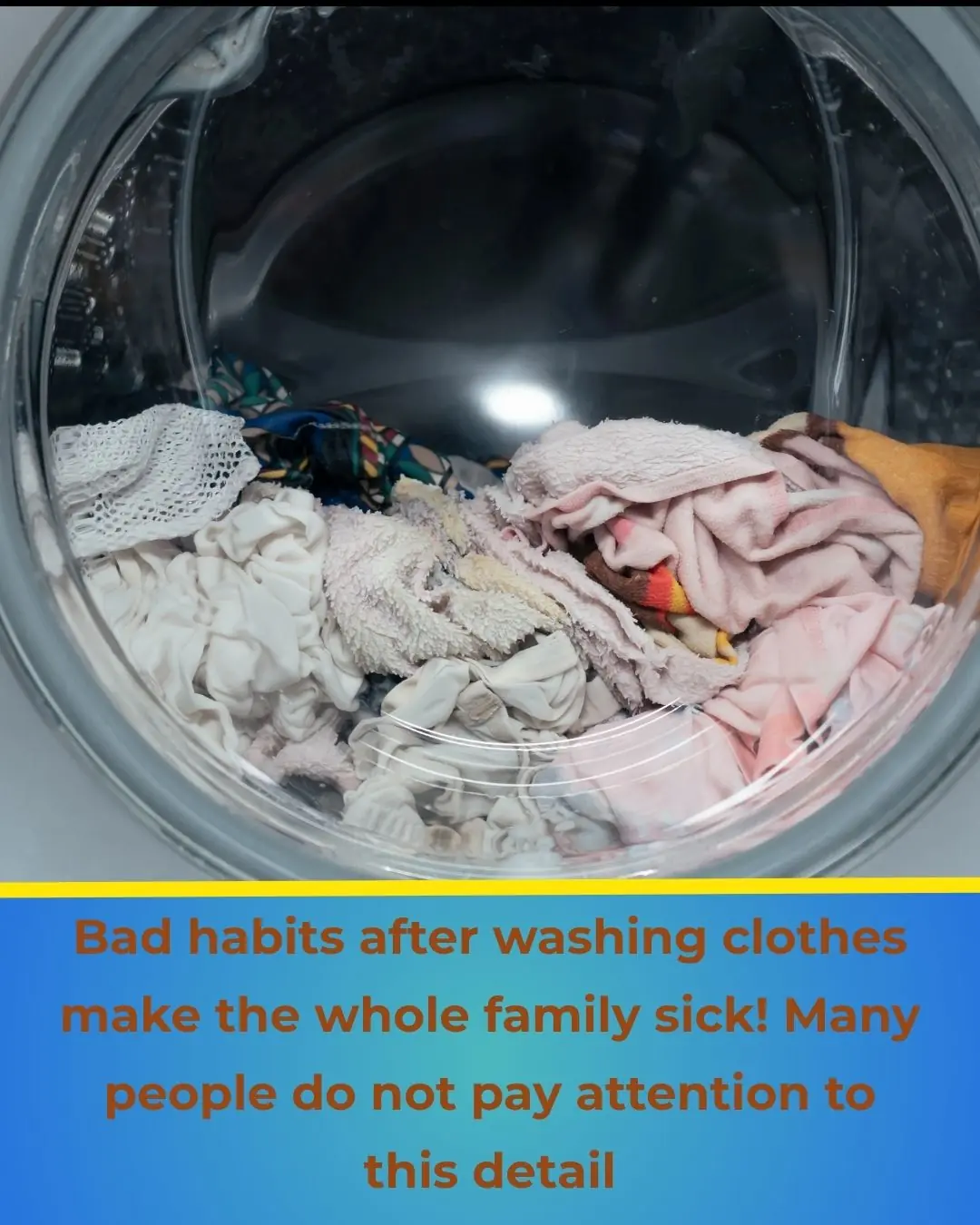
Bad Habits After Doing Laundry That Can Make Your Whole Family Sick! Many People Overlook This Detail

Don’t Throw Away Your Used Balm Jar – Here’s a Super Useful Way to Reuse It That Every Family Needs
